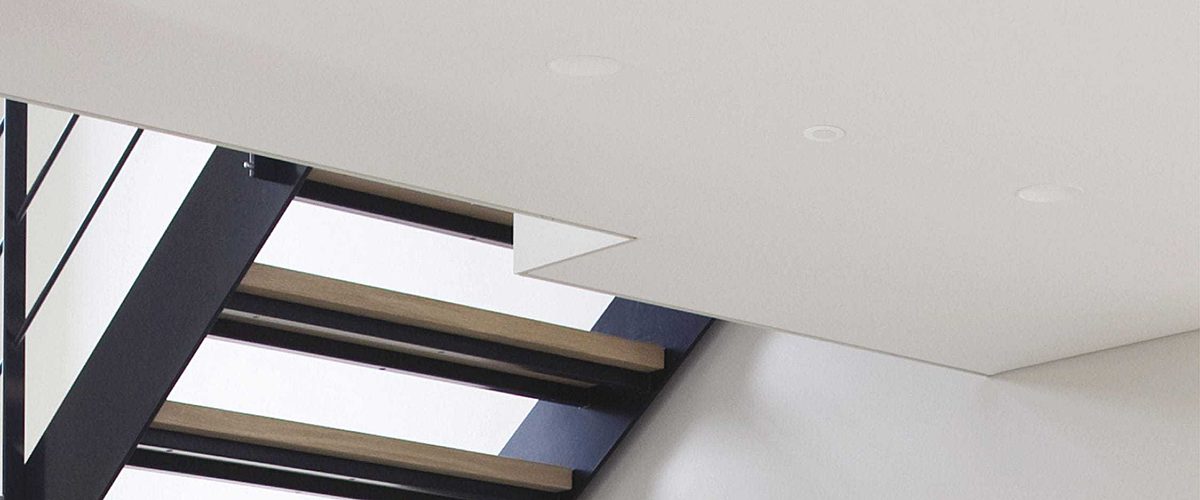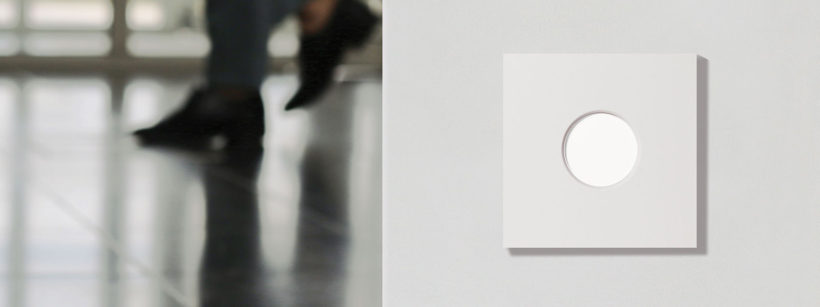
Motion vs. presence sensors: which solution is best for you?
Triggering action in your smart home no longer requires the push of a button. With motion and presence sensors becoming ubiquitous in recent months, benefitting from the convenience and energy savings they bring has never been easier.
Sensitivity as a differentiator
Motion or presence sensors are very convenient smart devices around your connected home. They can trigger all kinds of behaviors: from flipping on lights, unlocking doors to turning on media devices and much more. But how do you decide between a motion sensor and a presence sensor?
In order to answer that question you need to understand the differences between the two types of sensors. Both motion and presence sensors are triggered by measuring movement in a certain area, the main difference lies in their sensitivity.

Basalte's Auro is a motion sensor compatible with the KNX standard.
Basalte
Where a motion sensor, such as Basalte's Auro, relies on significant movement to trigger an action—i.e. someone entering a room or hallway—, a presence sensor, Theben's Piccola or the ATMO presence sensor for example, can register more subtle actions, f.i. people sitting at their desks working on a computer or making phone calls. Presence, or as they are sometimes called, occupancy sensors make use of higher resolution components that are more precise. Usually motion sensors come in at a lower price point.
A motion sensor is perfect to detect significant walking movements, while a presence sensor registers more subtle actions and will identify if you're still in the room.
Both motion and occupancy sensors can measure ambient light intensity so they will only trigger when certain preset lighting thresholds are reached.
A smart combination is key
Driveways, hallways or staircases are prime examples of locations in your smart house that would benefit most from a motion sensor set-up. It can be particularly convenient if in these parts of the house lights would turn on automatically upon detecting walking movements—and turn off after a defined time as well. Wouldn’t it be nice if you come home after dark and the lights of your entrance hall come on as you enter, or if the hallway lights turn on for night-time bathroom visits?
Presence sensors can be installed in living rooms, dining rooms and even bedrooms. Usually there will be less movement in these rooms, but a presence sensor could still detect individuals or pets in the room. Family movie night? Your presence sensor knows you’re there and keeps the lights on (to a predefined setting). Or connect your smart alarm to your presence sensor, and extra visual cues could be given in rooms with family members present when the alarm is triggered.
A plethora of brands offer smart motion and presence sensors that can be connected to your smart home set-up these days. Most can be integrated into any home automation system, from a basic Philips Hue and Nest set-up to full-blown KNX or Loxone system.


